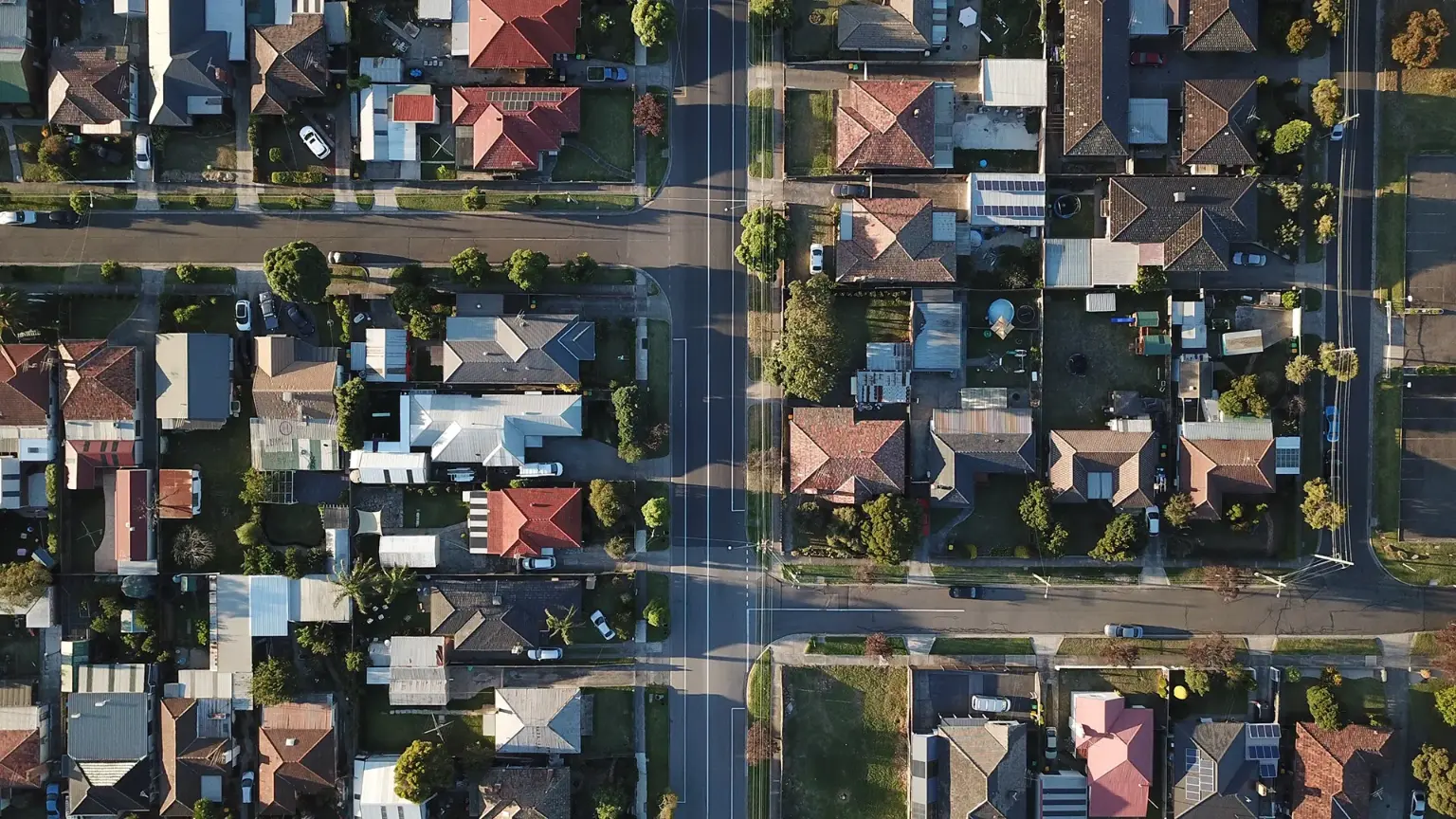Investing in property can be an excellent way to build wealth, especially in Australia’s robust real estate market. Whether you’re looking to invest personally or through your self-managed super fund (SMSF), proper preparation is key to a successful investment. Here are seven essential steps to help you prepare for financing your investment property:
1. Clean Up Your Finances
Before applying for an investment property loan, it’s crucial to get your financial house in order. Start by reducing any bad debt, particularly high-interest debt like credit card balances. Pay down personal loans and consider consolidating debts if possible. Lenders will scrutinise your financial position, so the cleaner it is, the better your chances of approval.
2. Check Your Credit Score
Your credit score plays a significant role in loan approval and interest rates. Obtain a free copy of your credit report and check for any errors or issues. If your score needs improvement, take steps to boost it by paying bills on time, reducing credit card limits, and addressing any negative marks.
Click here to learn more about your credit score, how to read it and how to get a copy of yours for FREE https://tinyurl.com/zc7vxmxj
3. Deposit
Most lenders require a 20% deposit for investment properties. Determine where this will come from savings, SMSF balance, equity in an existing property, or a combination. If using equity, ensure you have sufficient equity built up in your existing property. You are best aiming for a minimum 20% deposit to avoid paying lenders mortgage insurance. You will also need cash reserve to cover costs including legal fees and stamp duty.
4. Understand Your Borrowing Capacity
Determining your true borrowing capacity is crucial, but it’s not a simple calculation. Lending criteria are constantly evolving, and each lender assesses borrowers differently. For an accurate and up-to-date assessment, it’s best to consult with one of our experienced mortgage brokers. They can review your specific financial circumstances and provide a realistic borrowing capacity figure.
Armed with this precise information, you’ll be able to confidently narrow down your search for the ideal investment property. You’ll have a clear understanding of your budget, which will guide your decisions on property type and location. This targeted approach saves time and helps you focus on properties that align with both your financial capacity and investment goals.
Remember, knowing your true borrowing capacity is the foundation for making informed investment decisions. It ensures you don’t overextend financially and helps you identify properties that offer the best potential return within your means.
5. Define Your Investment Goals
Clarify what you want to achieve with this investment. Are you aiming for capital growth, rental yield, or a mix of both? Your goals will influence the type of property you choose and its location. For instance, co-living or SDA properties might offer higher rental yields, while houses in growing suburbs might provide better long-term capital growth. Every property on our portal shows 12-month/10-year capital growth and the gross rental yield to make it easy to identify opportunities.
Click here to learn more about capital growth vs. rental yield: https://ausinvestmentproperties.com.au/blogs/cash-positive-vs-capital-growth-and-can-you-have-both
6. Research Property Types and Locations
Based on your goals, budget and appetite research different property types and locations. Consider factors like local market trends, rental demand, infrastructure developments, and potential for capital growth. Look at historical price data and projected growth rates for areas you’re interested in.
7. Get Your Documentation in Order
Prepare all necessary documentation to streamline the application process. This typically includes:
- Proof of income (payslips, tax returns)
- Bank statements
- Identification documents
- Details of assets and liabilities
- Rental income estimates for the investment property

_1760408926gJ50A-card.jpg)

_1758680457EfP8W-card.png)
_1754959266HOub5-card.png)
_1752115352WpaHL-card.jpg)
_1751940993PbDjZ-card.jpg)

_1764731815HUFUX.jpg)
_1764211036lHsm6.png)
_1762916285NoFl4.jpg)
_17623130443GJfk.jpg)
_1760408926gJ50A.jpg)
_17598783571Kaml.jpg)



